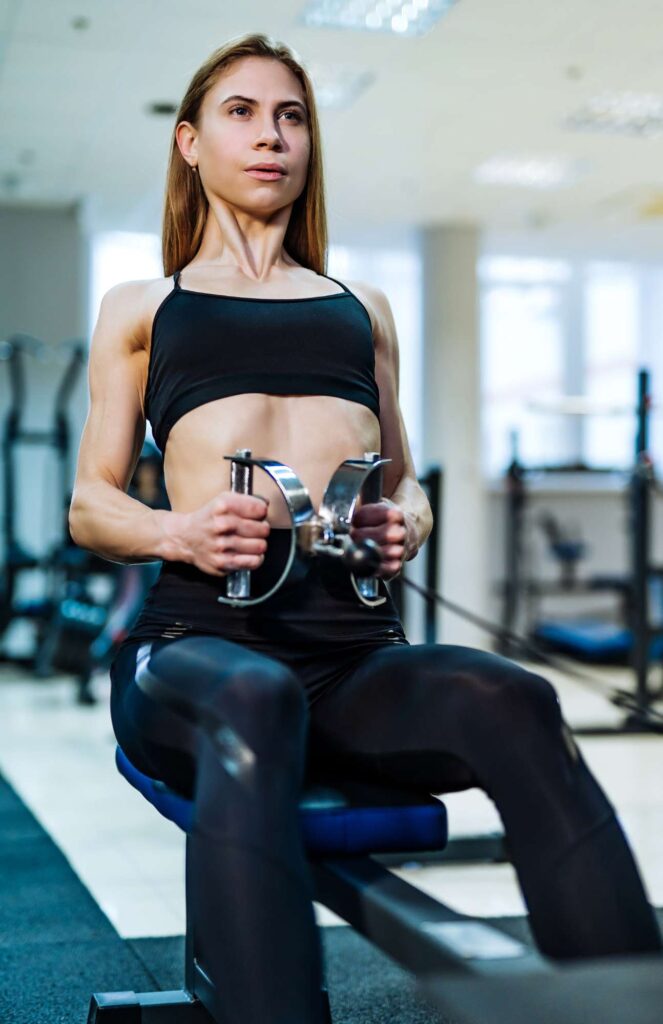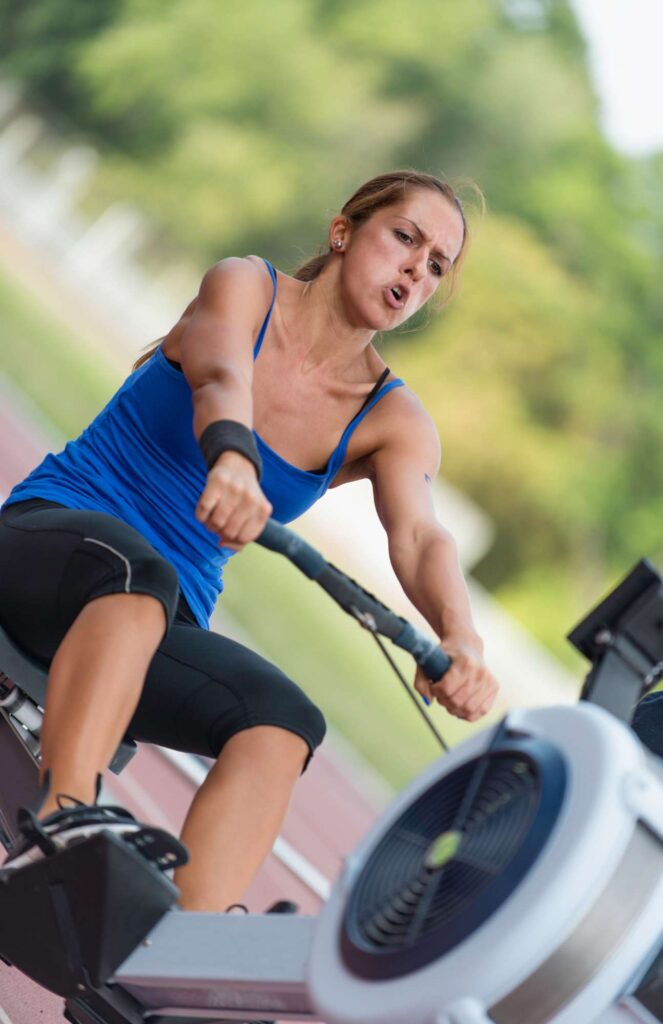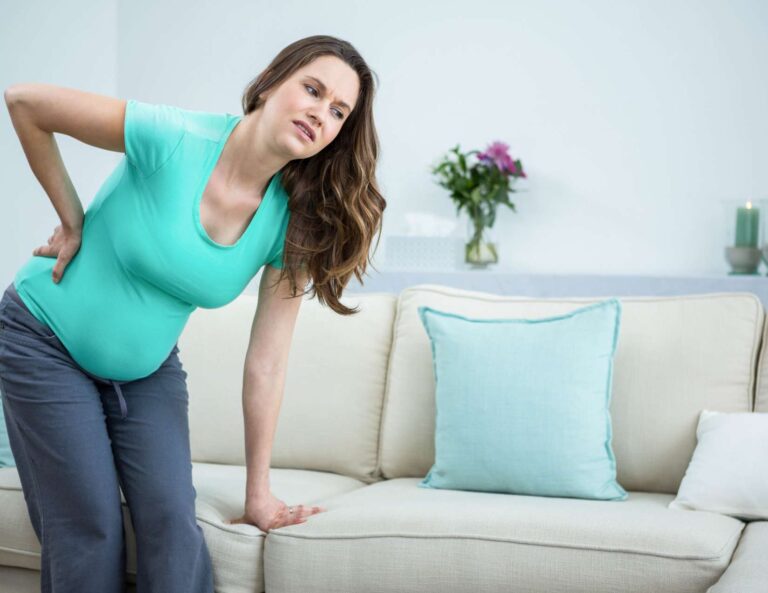How to Use a Rowing Machine for Lower Back Pain
Last Updated on April 2, 2024 by Dr. Tiffany Egan
Lower back pain can be debilitating, affecting every aspect of your life. It can make it difficult to perform simple daily tasks, let alone participate in physical activities. If you’re someone who suffers from lower back pain, you know how frustrating it can be to find relief. While there are various treatments available, one often overlooked solution is exercising with a rowing machine.
In this article, we will explore the benefits of using a rowing machine for lower back pain relief, proper form and technique, design features to consider, precautions, and how to incorporate rowing machine workouts into your fitness routine.
Table of Contents
Understanding Lower Back Pain
Before I explain the benefits of using a rowing machine for lower back pain relief, it’s essential to understand the nature of low back pain. Lower back pain can be caused by various factors such as muscle strain, poor posture, or even a sedentary lifestyle.
It can also be a result of underlying conditions like herniated discs or spinal stenosis. Regardless of the cause, a back problem of any kind can significantly impact your quality of life.
The Role of Exercise in Lower Back Pain Relief
Exercise has long been recognized as a beneficial tool for managing and relieving lower back pain. Engaging in regular physical activity helps strengthen the muscles that support your spine, improves flexibility, and enhances overall posture.
However, not all exercises are suitable for individuals with lower back pain. High-impact activities or exercises that put excessive stress on the back can exacerbate the pain. This is where a rowing machine for lower back pain comes into play.

Introduction to Rowing Machines
Rowing machines, also known as ergometers or ergs, are exercise equipment designed to simulate the motion of rowing a boat. They provide a low-impact, full-body workout that engages multiple muscle groups, including the core, upper body, and lower body. Rowing machines offer a smooth and controlled motion, making them an excellent option for individuals with lower back pain.
How a Rowing Machine Can Help with Lower Back Pain
Using a rowing machine for lower back pain relief offers several benefits. Firstly, rowing machines allow for a low-impact workout that minimizes stress on the back while still providing an effective cardiovascular workout. The rhythmic motion of rowing helps improve blood circulation and oxygen flow, promoting healing and reducing inflammation in the affected area.
Additionally, rowing engages the core muscles, including the abdominal muscles and back muscles, which are crucial for maintaining a stable spine. Strengthening these muscles can help alleviate lower back pain and improve overall posture. The controlled movement of rowing also helps improve flexibility, reducing muscle stiffness and promoting better range of motion.
Benefits of Using a Rowing Machine for Lower Back Pain Relief
Using a rowing machine for lower back pain relief offers a wide range of benefits. Firstly, rowing is a low-impact exercise that puts minimal stress on the joints and spine. This makes it suitable for individuals with chronic back pain or those recovering from injuries. Unlike activities like running or weightlifting, rowing provides a total-body workout without the jarring impact that can worsen back pain.
Secondly, rowing is a highly efficient exercise that engages multiple muscle groups simultaneously. It targets the muscles of the upper body, lower body, and core, providing a complete workout in a single session. This not only strengthens the muscles but also helps burn calories and improve cardiovascular fitness.
Furthermore, rowing is a customizable exercise that allows you to adjust the intensity to suit your fitness level and specific needs. Whether you’re a beginner or an experienced athlete, a rowing machine can be tailored to your individual requirements. You can increase or decrease the resistance, adjust the stroke rate, and choose from various workout programs to challenge yourself and progress over time.
Proper Form and Technique on a Rowing Machine
To reap the benefits of using a rowing machine for lower back pain relief, it’s crucial to maintain good form and proper technique. Improper form while using a rowing machine can lead to strain on the back and increase the risk of injury. Here are some key points to keep in mind for proper rowing techniques:
- Begin in a seated neutral position with your feet securely strapped into the footrests. Ensure that your knees are bent and your shins are vertical.
- Grab the handle with an overhand grip, making sure your wrists are straight and not bent.
- Start the stroke by pushing off with your legs, keeping your core engaged and maintaining a straight back.
- As your legs straighten, lean back slightly, pulling the handle towards your chest while keeping your elbows close to your body.
- Reverse the motion by extending your arms, leaning forward from the hips, and bending your knees to return to the starting position.
Remember to start with a slow and controlled pace, gradually increasing the intensity as you become more comfortable with the motion. It’s essential to listen to your body and stop if you experience any pain or discomfort.

Design Features to Consider When Choosing a Rowing Machine for Back Pain Relief
When selecting an indoor rowing machine for back pain relief, certain design features can enhance your comfort and overall experience. Consider the following factors before making a purchase:
- Seat and Cushioning: Look for a rowing machine with a comfortable seat and adequate cushioning to support your lumbar spine during extended workouts.
- Adjustability: The best rowing machines allow you to adjust the resistance, footrest position, and handle height to ensure proper posture and reduce strain on your back.
- Smooth and Quiet Operation: Choose a rowing machine with a smooth and quiet operation to minimize any additional stress on your entire body and provide a distraction-free workout environment.
- Stability and Durability: Ensure that the rowing machine is stable and sturdy to support your body weight and movements without wobbling or vibrating excessively.
By considering these design features, you can find a rowing machine that suits your specific needs and provides optimal support for your lower back. You can also check out these elliptical machines for low back pain.
Precautions and Considerations for Using a Rowing Machine with Lower Back Pain
While rowing machines can be beneficial for people who have a “bad back,” it’s essential to take certain precautions and considerations to avoid exacerbating your condition. Here are a few tips to keep in mind:
- Start Slowly: If you’re new to rowing or have been inactive for a while, start with a shorter rowing session and gradually increase the duration and intensity over time. This allows your body to adjust and prevents overexertion.
- Listen to Your Body: Pay attention to any pain or discomfort during your workouts. If you experience sharp or worsening pain, it’s crucial to stop and consult with a healthcare professional.
- Warm-up and Stretch: Prior to rowing, warm-up your muscles with light cardio exercises and perform gentle stretches to prepare your body for the workout. This helps injury prevention and promotes better flexibility.
- Maintain Good Posture: Focus on maintaining proper form and technique throughout your rowing sessions. Poor technique such as slouching or rounding your back can strain the muscles and joint leading to overuse injuries.
Always consult with a healthcare professional before starting any new exercise routine, especially if you have pre-existing lower back pain or other underlying conditions.
Incorporating Rowing Machine Workouts Into Your Fitness Routine
Now that you understand the benefits and precautions of using a rowing machine for lower back pain relief, it’s time to learn how to incorporate rowing machine workouts into your fitness routine. Here are a few tips to help you get started:
- Set Realistic Goals: Determine your fitness goals and create a plan that includes rowing machine workouts. Start with achievable targets, such as rowing for a certain duration or covering a specific distance, and gradually increase the intensity and duration as you progress.
- Mix It Up: Combine rowing machine workouts with other forms of exercise to create a well-rounded fitness routine. Incorporate strength training exercises, stretching, and cardiovascular activities to target different muscle groups and enhance overall fitness.
- Schedule Regular Workouts: Consistency is key when it comes to reaping the benefits of rowing for lower back pain relief. Aim for at least three to four rowing sessions per week, and schedule them at a time that works best for you.
- Track Your Progress: A great way to stay consistent is to keep a record of your workouts to track your progress and stay motivated. Note the duration, intensity, and any milestones you achieve. This helps you stay accountable and celebrate your accomplishments along the way.
Remember to always listen to your body and adjust your workouts as needed. If you experience any pain or discomfort, take a break and consult with a healthcare provider such as a physical therapist or primary care physician.

Other Exercises and Lifestyle Changes to Complement Rowing for Lower Back Pain Relief
While using the rowing machine for lower back pain can be highly beneficial for relief, incorporating other exercises and lifestyle changes can further enhance your results. Consider the following:
- Strength Training: Include core exercises that target the muscles of the core, back, and legs to further strengthen the supporting spinal muscles and improve overall stability. These are some personally recommended chiropractic back exercises.
- Stretching and Flexibility: Incorporate regular stretching exercises to improve flexibility and reduce muscle stiffness. Focus on stretches or yoga that target the lower back, hamstrings, and hip flexors.
- Posture Correction: Pay attention to your posture throughout the day, both during activities and while sitting or standing. Practice good posture habits to reduce strain on your lower back.
- Lifestyle Modifications: Make healthy lifestyle choices such as maintaining a balanced diet, staying hydrated, and getting enough restorative sleep. These factors contribute to overall wellness and can indirectly help alleviate lower back pain.
By combining rowing machine workouts with these additional exercises and lifestyle changes, you can create a comprehensive approach to managing and relieving lower back pain.
Conclusion and Final Thoughts
Using a rowing machine for lower back pain relief can be a game-changer for individuals suffering from chronic discomfort. The low-impact nature of rowing, coupled with its ability to engage multiple muscle groups, makes it an ideal exercise option. By maintaining proper form, choosing the right rowing machine, and taking necessary precautions, you can reap the benefits of rowing while minimizing the risk of further back pain.
Remember, consistency is key. Incorporate rowing machine workouts into your fitness routine regularly, and complement them with other exercises and lifestyle modifications. Listen to your body, start slowly, and gradually increase the intensity over time. As you strengthen your muscles, improve your posture, and enhance your overall fitness, you’ll likely experience relief from lower back pain and enjoy a higher quality of life.
So, why not give rowing a try? Consult with a healthcare professional, find a rowing machine that suits your needs, and embark on a journey towards lower back pain relief. Your body will thank you.






